Very few people are lucky enough to live beside a city-centre park that honours their grandmother. For Matt Ryan, Lad Lane Upper, in Dublin 2, has always felt like home; in the 1960s his maternal grandmother, the author and short-story writer Mary Lavin, moved with her daughters to the mews at number 11. She was soon embroiled in a campaign against the development of Fitzwilton House; at the end of the canalside block, the recently redeveloped one-acre Wilton Park now carries Lavin’s name.
Ryan’s mother, the late Irish Times journalist and literary editor Caroline Walsh, grew up with her two sisters in number 11 surrounded by the hospitable warmth of literary figures including Colm Tóibín, Polly Devlin, Maeve Binchy and Nuala O’Faolain. Ryan’s father, the writer and retired UCD creative-writing professor James Ryan, says that while number 11 is “sometimes grandiosely referred to as a literary salon ... it was informal and based first and foremost on friendship”. Walsh’s architect friend Sam Stephenson later undertook a “boldly modernist conversion” of number 11, inserting a beam in the original mews arch and making other alterations that are still extant.
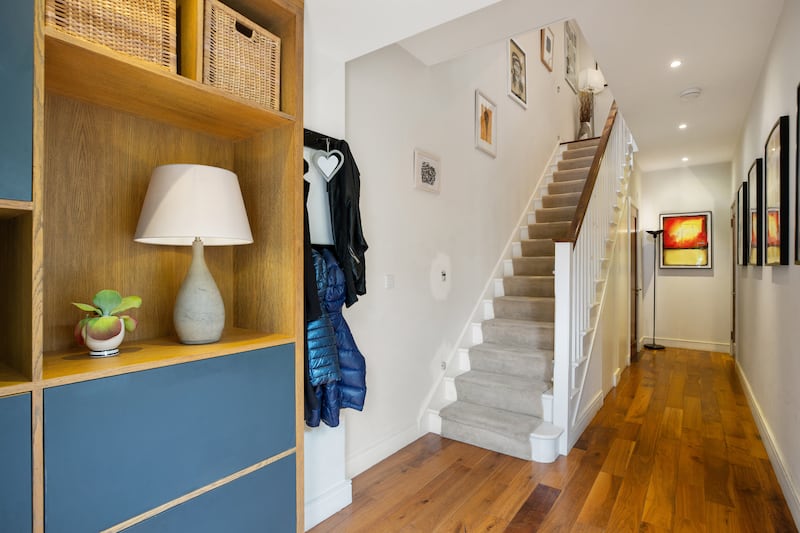

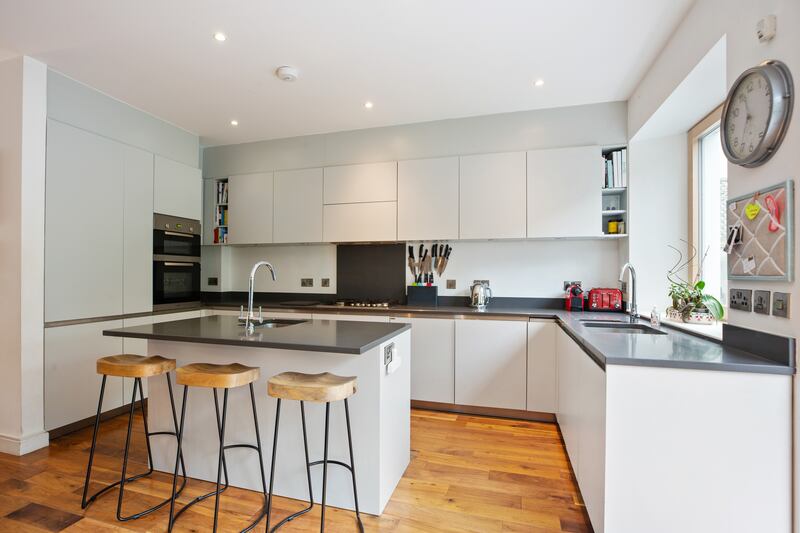
The layers of storytelling that imbue that building helped forge Ryan’s deep connection to the lane and firm his resolve to purchase number 20 when it came to the market. It was his mother’s great joy to know, just weeks before her tragic and untimely death in December 2011, that he was going to live just a few doors away from where she had been so happy. In recalling this period he pays gracious tribute to his sister, the novelist Alice Ryan.
Ryan, who is a founder with Paddy McKillen jnr of the Press Up hospitality group and the Oakmount property company, finalised the purchase in 2012, for €470,000. He and his wife, Emma Hewson, lived in the mews for 18 months and engaged Cathal O’Neill to work with them on its redevelopment. As head of the school of architecture at UCD from 1973, Prof O’Neill, who died this year aged 91, was credited with guiding a generation of influential architects including Paul Keogh, Derek Tynan, Shelley McNamara, Yvonne Farrell, Gerry Cahill, John Meagher, Sheila O’Donnell and John Tuomey.
READ MORE
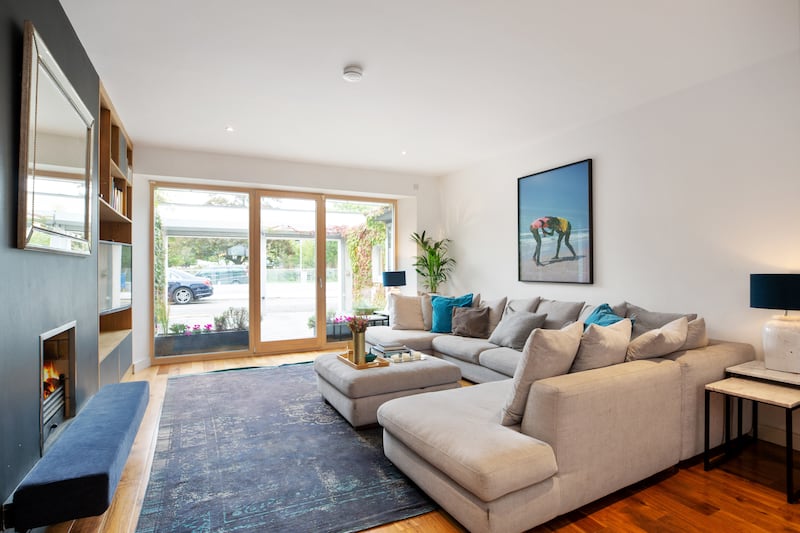

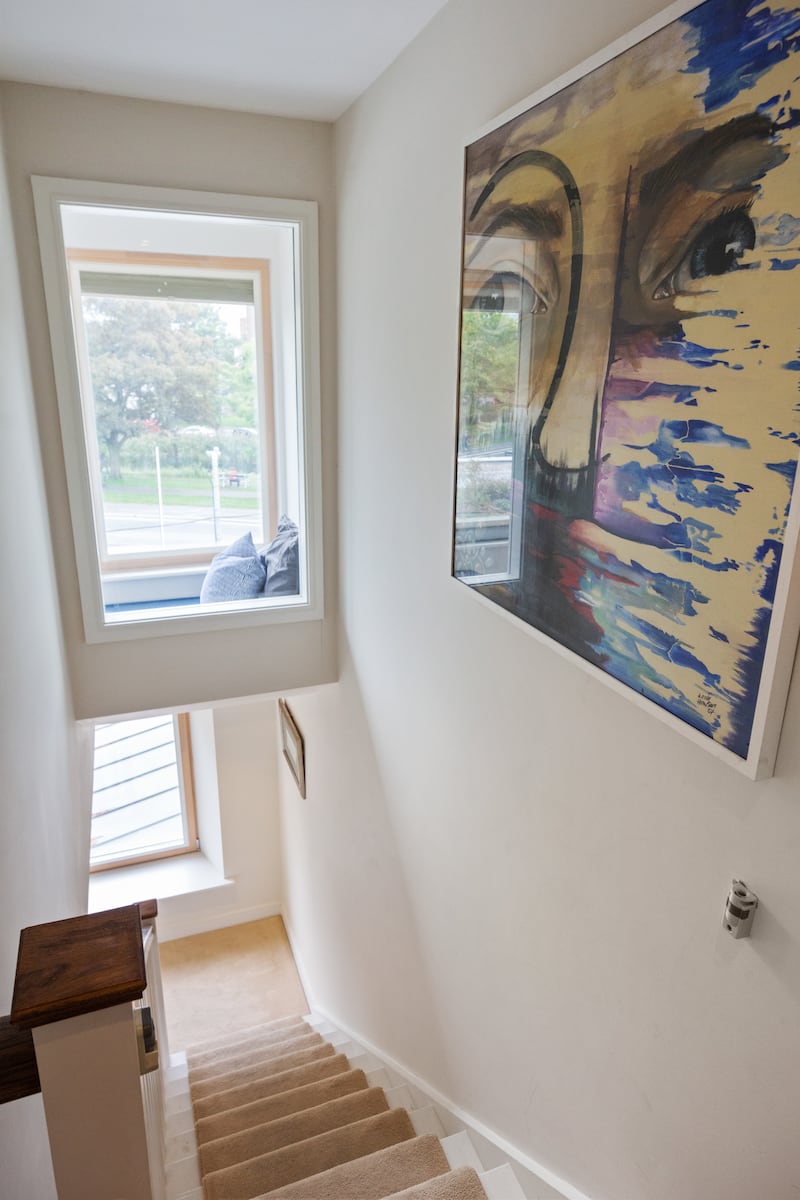
It was amazing to see O’Neill at work, says Ryan, sketching a lunar calendar to articulate the position of the sun and hand-drawing a house that would capture light from every possible angle. What he created, in 2014, is a 218sq m (2,345sq ft), four-bedroom city home within the Georgian core, near the end of the cul-de-sac, and one of only four that enjoy unimpeded views of the canal. You can see it from the livingroom and the front courtyard, when the electric gates are open and the cars are parked outside. You can see it from the turn of the stairs, and from the front bedroom. (From here you can also see the maturing garden at the end of the wedge-shaped site where Iput is finishing the European headquarters of LinkedIn, on the site of the demolished Fitzwilton House.)
You can see over the canal and farther afield through seven tilt-and-slide windows that light the beautifully appointed dual-aspect main suite that occupies the whole second floor. Here, O’Neill’s touch is evident in the reading nook with a window to the front and another — fireproofed and extremely expensive, says Ryan — ingeniously effective at illuminating the landing below. Fine linen blinds concertina into the window frames; you need to pull only two, says Ryan, to guarantee complete privacy.
The proportions are generous throughout, with wide hall, stairs and landing, and tall ceilings. On the first floor are the main bathroom and three bedrooms — two at the back, of which the smaller is used as an office and the larger is en suite — and the bright children’s room at the front has sturdy bunk beds with built-in toy storage designed by their father and cute diggers stencilled on to the walls by their mother.
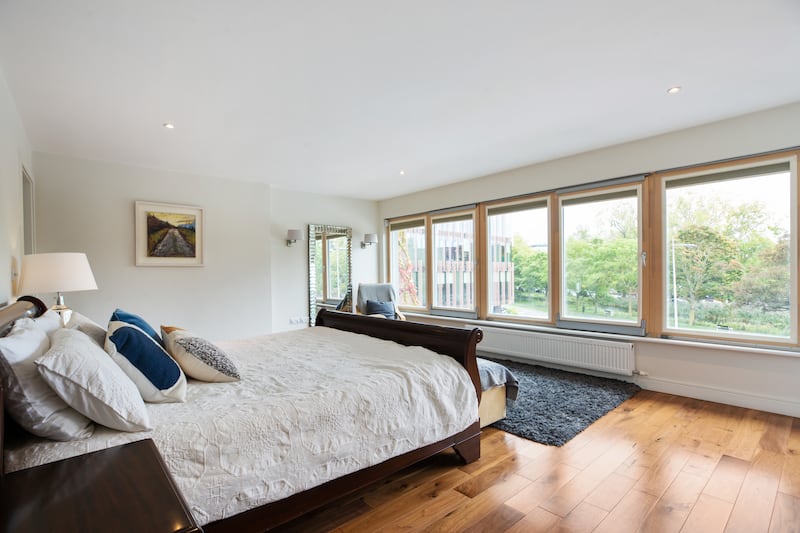
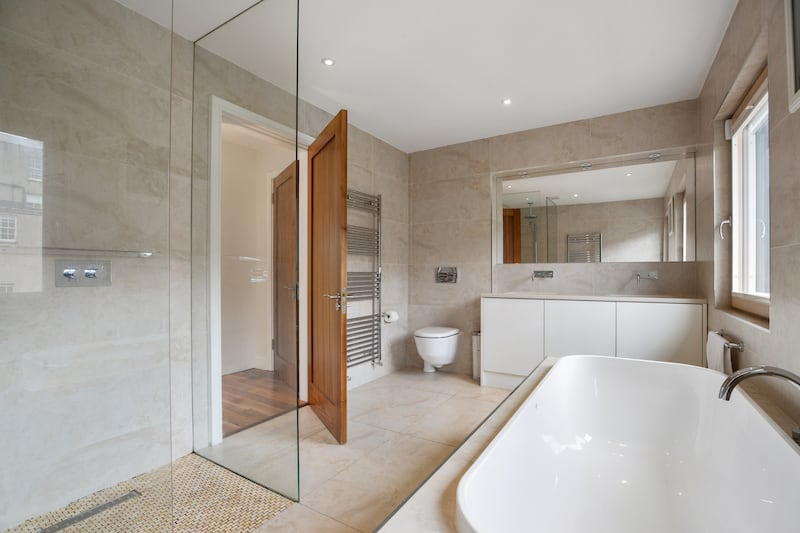
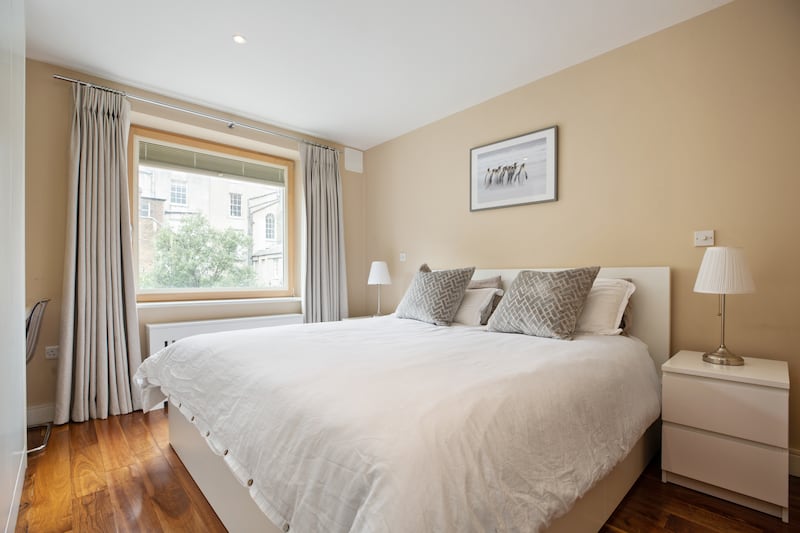
Ryan’s industry experience determined the quality of the fitout, with American walnut doors and floors throughout, and underfloor heating on the ground floor. The bespoke cabinetry in the hall and livingroom is by Ann-Marie O’Neill of O Donnell O Neill Design; the bathrooms include Hansgrohe fittings and long, custom-made shower drains that prevent puddling; and the curtains are by Sharon Ryle. The 150mm insulation helped secure a Ber of B1. His eye for detail extends to the wires along which he is training the creepers that clad the front and back walls, tucking in tendrils every few days.
In an interview in 1996, Cathal O’Neill described his arrival at the railway station in Rome more than 50 years before: “When you come in from the street, you walk in through a filter ... and you move with the light, the slots of light that are set into the structure.” This impression seems to inform the ground floor at 20 Lad Lane: the pedestrian gate leads into a carefully considered aspect, where a small store forms the end of a return at the front, in which the utility and boiler are concealed. The hall door is offset to the side, thus pulling the best south-easterly light through the front windows into the livingroom, a wide and homely space that extends the full depth of the house. A long marble-topped dining table and a sleek white Allmilmo kitchen anchor the rear; the window over the sink has deep, subtly angled reveals to maximise light, and a giant timber-framed sliding door opens to the garden.
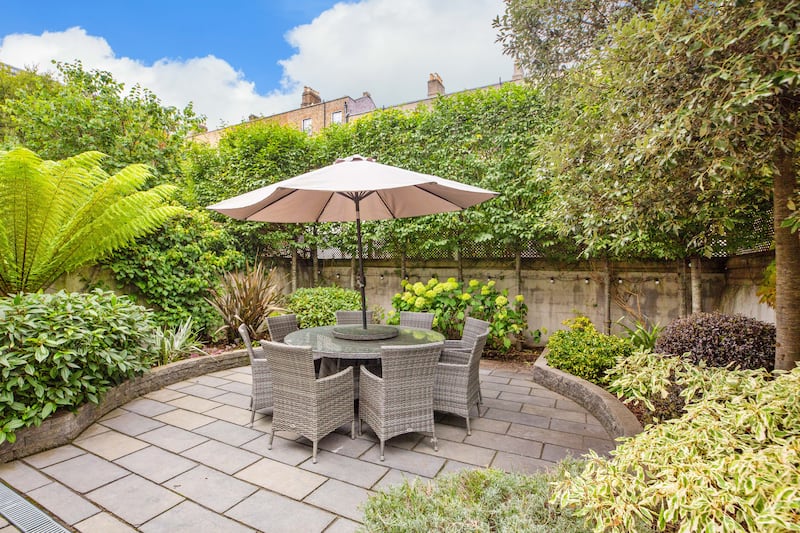
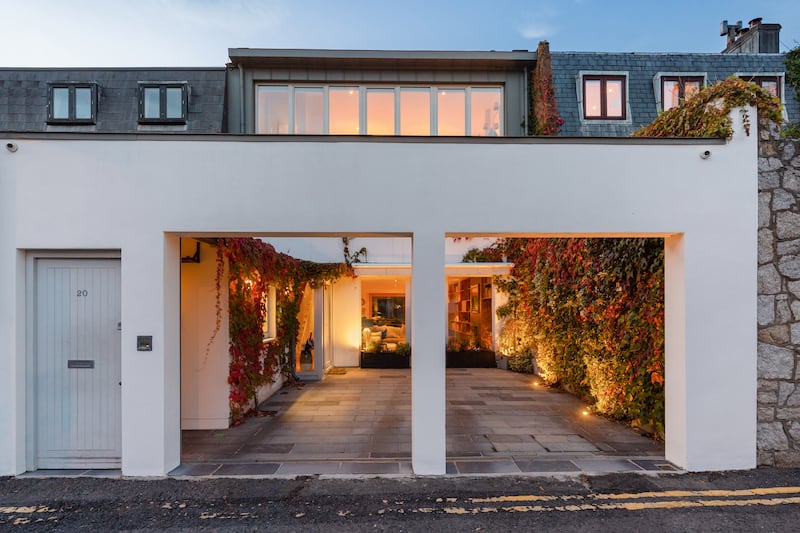

The square back garden, also designed by O’Neill, is planted for 360-degree privacy with some of the architect’s trademarks. A line of pleached hornbeams form an aerial hedge that does not impinge on the footprint of the flower beds. As well as a beautiful green oak, a tree fern and structural shrubs line the edges of the square, and a paved central circle fits a table for 10. “We’ve had great barbecues out here,” says Ryan; and because most of the Fitzwilliam Street properties to the rear are offices, “literally nothing happens here at the weekend” and there is no overlooking.
For more green space, they and their springy spaniel, like all residents of these lanes, have a key to Fitzwilliam Square. And from the end of the lane, a few metres away, you can turn left or right and walk or cycle along the canal as far as you wish. While it’s located within a business district, they have everything they need close by, say Ryan and Hewson, and schools and playschools are within 20 minutes’ scoot. As the family are growing, they are moving to Ranelagh and have put their home on the market through Sherry FitzGerald with an asking price of €1.775 million.














